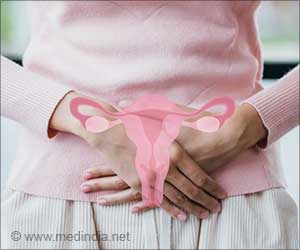In a new effort, for the first time, scientists have used a new technique to grow immature human egg cells into nearly mature egg in laboratory.
In a new effort, for the first time, scientists have used a new technique to grow immature human egg cells into nearly mature egg in laboratory.
This is an accomplishment that could prove beneficial to cancer patients who have lost their ability to reproduce.The researchers from Northwestern University Feinberg School of Medicine are the first to grow a woman's immature egg cells, contained in a tiny sac called a follicle, into a healthy and nearly mature egg in the laboratory.
This is the first step towards the development of a new technique, which, if successful in the next steps, may eventually provide a new fertility option for women whose cancer treatments destroy their ability to reproduce. The nearly mature follicles grown for 30 days in the lab had been plucked from ovarian tissue of cancer patients, before they began chemotherapy and radiation treatments that would destroy their fertility.
"By being able to take an immature ovarian follicle and grow it to produce a good quality egg, we're closer to that holy grail, which is to get an egg directly from ovarian tissue that can be fertilized for a cancer patient," said Teresa Woodruff, chief of fertility preservation at the Feinberg School.
She added: "This represents the basic science breakthrough necessary to better accomplish our goals of fertility preservation in cancer patients in the future.
In the next step, the researchers will try to induce the egg's final division, called meiosis, so it sheds half of its DNA in order to be fertilized.
Advertisement
"This is a very significant achievement because the early stage of the human ovarian follicle is really hard to grow in vitro. They're very fragile and delicate," said Min Xu, a co-author of the study.
Advertisement
However, if follicles could be removed from the tissue and grown in the laboratory successfully, then a new fertility preservation technique might become available for women who could not safely have an ovarian transplant.
The new advance was achieved by suspending the human ovarian follicle in two different kinds of three-dimensional gels.
Woodruff said that the discovery would enable researchers to understand how nurse cells (granulosa cells), the cells that support and surround the maturing egg, communicate with the egg.
And the information will help scientists understand how eggs grow and develop properly.
The study has been published in the journal Human Reproduction.
Source-ANI
ARU








